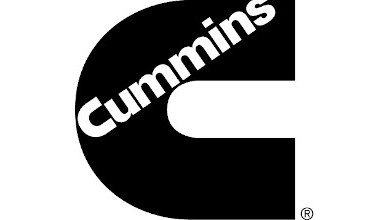Forbes recently shined a spotlight on Cummins and how the 100-plus company is at the forefront of the race to produce truly clean engines.
Cummins’ stylish, cantilevered steel-and-glass office tower in Indianapolis looks more like the headquarters of a tech company than a business that lives on diesel fumes. The incongruity continues in Columbus, Ind., where Cummins was born a century ago and where the company’s foundation funded cutting-edge designs by I.M. Pei and Eero Saarinen for schools, fire stations and a library.
That the leading U.S. maker of diesel engines happens to be run by a Silicon Valley native with Stanford engineering degrees is another surprising twist. It’s also entirely relevant: The battle for the truck engine market will be fought on environmental territory, with Cummins taking on seemingly greener upstarts offering electric trucks.
Bring it on, says Thomas Linebarger, Cummins’ chief executive for the past decade.
The lanky 59-year-old executive began laying the groundwork for an evolutionary shift at Cummins six years ago, acquiring companies with battery, hydrogen and fuel-cell expertise and setting up a new division focused solely on next-gen powertrains. Linebarger is betting that those moves and Cummins’ large global customer base can help it lead the market for cleaner trucks, buses, boats, trains, mining equipment and generators through the 2020s and beyond.
“We need solutions that will get things to market – get your mattress delivered, deliver your flowers, all this other stuff that goes on out here,” he says, pointing out a large conference room window as a heavy winter rain soaks Indianapolis. “One solution isn’t going to do it. Nobody understands the range of those solutions more than we do.”
Click here to read the full story from Alan Ohnsman in Forbes.com
